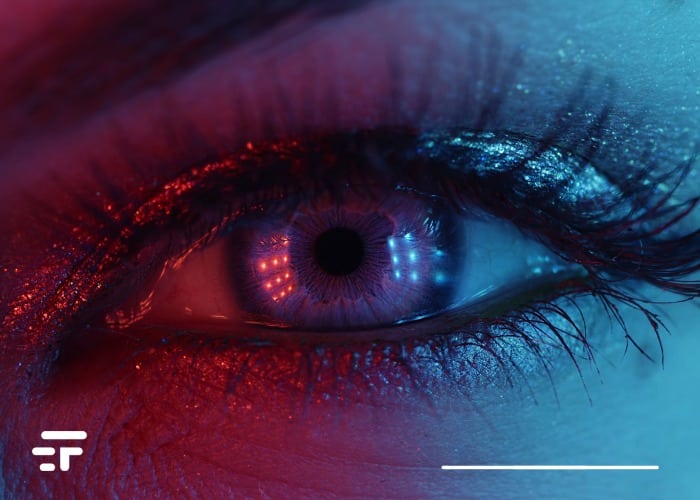The researchers used infrared (IR) imaging and artificial intelligence to convert monochrome night vision images to color. The new system could one day provide color night vision tools for military use, security professionals and wildlife observers.
At night it's all black (or green)
Humans see things in the visible light spectrum, which gives rise to the enormous variety of colors perceived. Night vision technologies mimic this ability by capturing non-visible infrared light and converting it into a signal perceivable by the human eye. Infrared sensors, however, collect information that limits these images to a monochrome representation only.
Some advances in IR technology have improved things a bit. The images, however, are still mostly shown in green, black and white, with colors out of reach of night vision users. Now, researchers atUniversity of California Irvine have developed a solution that could pave the way for color night vision technologies.

Machine learning, always him
in study just published, the researchers illustrate the algorithm they developed. An artificial intelligence model that "learns" to obtain useful elements from the data of an infrared image to transform it into a color image.
The technological breakthrough was possible thanks to the use of a monochrome camera sensitive to both visible and near-infrared light. The camera was used to capture printed images of human faces under red, green, and blue wavelengths, as well as infrared wavelengths.
Thanks to these "data pairs" obtained, a neural network was able to begin to "learn" the possible association of infrared data with that of the visible spectrum.
Result? The system (similar to a GAN, here I explain what it is) successfully recreated a color image starting only from the black and white one.

Possible applications of color night vision
You probably don't need a crystal ball to imagine them. Unfortunately, the first, immediate applications are those in the military field (night vision systems are crucial and used several times in theaters of exercise or combat). However, other possibilities open up for all applications that require clear observation even in the dark: those for research purposes involving animals, for example.
Further down the line, such a system (thanks to the speed of calculation and the power of future computers) will allow us to see in real time at night, or underwater, as if we were observing a scene in sunlight.


